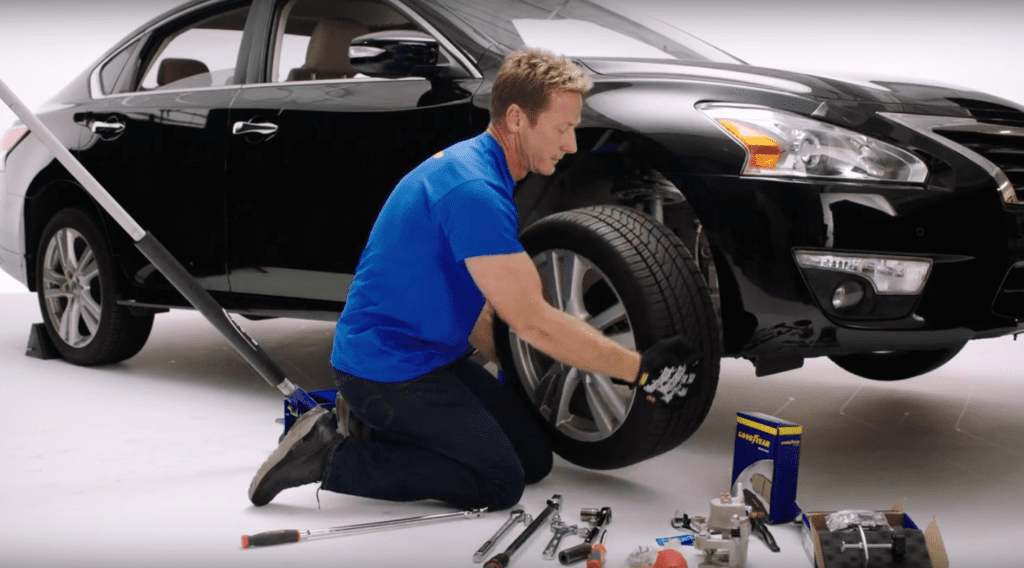BRAKE JOB SAFETY BEGINS WITH THE PROPER TOOLS AND EQUIPMENT
Confidently and Capably Perform Your Brake Service Yourself!
by Jay Sicht for Goodyear Brakes
As advanced as modern vehicles have become, with proper care and attention to detail, a brake job on most any vehicle is still well within the skill set of the average do-it-yourselfer or hobbyist. But safety should be your first priority. Using the proper tools will make your repair job run more smoothly, enjoyable, and safe.
The automotive experts at Goodyear Brakes offer some tips for maintaining your vehicle’s braking system, as well as advanced solutions for addressing any issues. The new line of Goodyear Brakes provides premium quality brake bundles, calipers, rotors, brake pads and all the hardwarefor today’s most popular vehicles, from daily drivers to SUVs and light trucks, all backed by a national warranty, decades of production experience and one of the best-known names in automotive excellence. The Goodyear Brakes product lineup offers the ideal solution for almost every braking need – whether you are looking to save money on your vehicle repairs, upgrade your performance or restore your perfect car.
Protect Your Safety and Health
You’ll want to wear a good pair of mechanic’s glovesor thick nitrile rubber glovesto protect your hands and a quality pair of safety glassesto keep rust, grit and any errant solvent spray from getting in your eyes.

What Tools Do You Need to Change Your Brakes?
Here’s a quick list of what you’ll need to have on hand before changing your car’s brakes:
- Safety glasses
- Floor jack (car jack)
- Jack stands
- Mechanics gloves plus nitrile gloves
- Wheel chocks or wood block
- Flathead screwdriver
- Breaker bar
- Socket set/ratchet-metric or SAE (inch)
- Wrench set-metric or SAE (inch)
- Allen or Torx bit (for certain vehicles)
- Heavy hammer
- Brake caliper compression tool or C-clamp
- Rear brake caliper tool (for certain vehicles)
- 3/8” or 1/2” torque wrench
- Wire brush
- Bungee cord or zip ties
- Threadlocker
- Parts cleaner or brake cleaner
Buy, Rent or Borrow the Tools and Equipment You Need
Refer to the tools and equipment list above for what you will need for replacing brake pads, calipers and rotors. Some of these tools are brake-repair specific. Some are general-purpose, which you will find useful for other projects on vehicles around the house for a long time.
If you are starting from scratch, you can often find many tools bundled at a cost savings. The quality of even the lowest cost do-it-yourselfer/homeowner’s tools found at discount stores and big-box hardware stores, such as wrench sets and socket/ratchet sets, has greatly improved over the years. Most of them will capably perform for occasional use. You can start with a basic 3/8”-drive socket set and combination wrenches and add to your tool collection as you find where other tools can make your repairs quicker and more enjoyable.
Most vehicles will have metric fasteners, and so of course you will need a metric socket set and metric wrenches. If you are working on an older vehicle, typically one built in the 1980s or earlier, you will need an SAE (inch) socket set and wrenches. (In fact, you may need both metric and SAE, as some vehicles had a mix of both.) You may see both 12-point and six-point sets offered. Six-point sets offer greater engagement of the socket on the fastener, lessening the chance of rounding off the head of a nut or bolt. The 12-point, however, offers greater access in tight areas. You’ll likely want both if you build up your tool collection, but in buying just one set for brake work, you can start with a six-point socket set and a 12-point wrench set. If the socket set does not include a breaker bar, you will need to buy one separately. An 18”-long bar is a good compromise of leverage while being short enough to provide a wider arc in tighter spaces.
Brake calipers on your vehicle may be attached with specialty fasteners, such as an Allen (hex) or Torx (star) caliper guide pins. If so, you will need bits for those that will fit your ratchet. You can refer to a vehicle-specific repair manual, either printed or available online by subscription at alldatadiy.com and eautorepair.net, or simply jack up the vehicle and remove the wheel to see what you’ll need.
You’ll need a 5/16” or 3/8” slotted (also known as “flathead”) screwdriver for various prying tasks, such as removing the copper washer from the brake hose. But you’ll probably want a set for all-around use.
If you can buy only one wire brush, buy a smaller one so you have greater access between the hub’s wheel studs and in tighter spots on the rotor. You’ll need one with steel or stainless-steel wire to be able to aggressively remove rust. If you’re a serious do-it-yourselfer or foresee doing several brake jobs in the future, there is an even better option available. A number of manufacturers offer a circular abrasive cleaning disc made of non-metallic, webbed silicon carbide. Mounted to its tool holder, which can be powered by a drill or a right-angle die grinder, the disc fits over the stud of the hub to quickly remove corrosion that can interfere with mounting the rotor. One such kit is available from 3M under part number 07547 as the Scotch-Brite Roloc Brake Hub Cleaning Disc Kit.
Other specialty tools, such as the brake caliper compression tool, will be used only for brake repairs, so if you anticipate doing a brake job every few years, you might consider borrowing the tool or renting it from an auto parts store, if available. There are also special tools required for rear calipers equipped with an integral parking brake, as the pistons for these will need to be rotated in, not compressed.
Although you can probably get by without using a torque wrench, even cheaper ones available for as little as $12, are accurate enough for brake work and will prevent you from stripping out an aluminum caliper or not adequately tightening a bracket bolt or wheel lug nut, so they’re cheap insurance.
The heavy hammer can be a dead-blow hammer, which is a plastic hammer filled with steel shot and formed so that it doesn’t rebound upon impact, or a 24-32-ounce ball-peen hammer. This will help free the brake rotor from the hub if rust has seized them together.
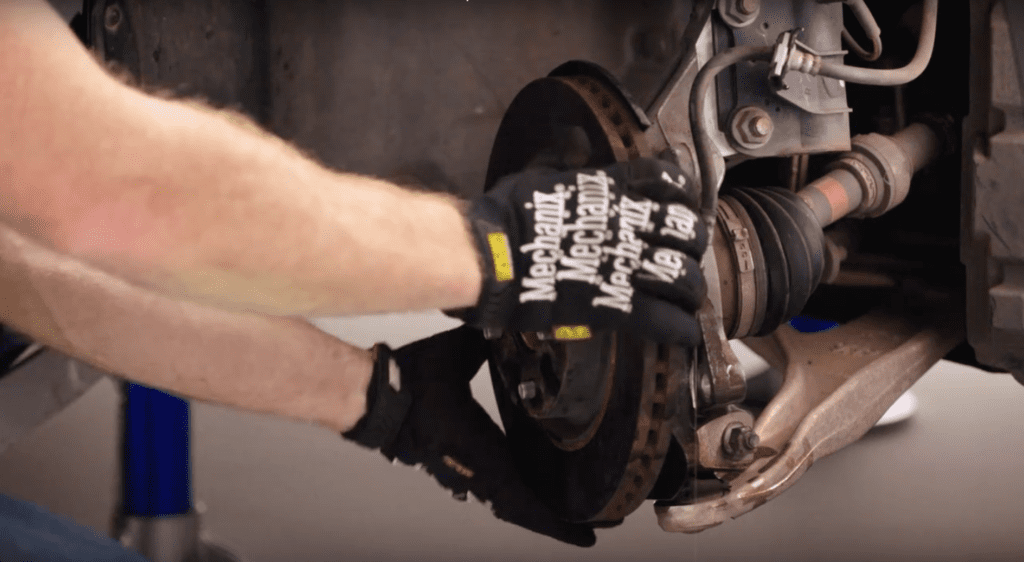
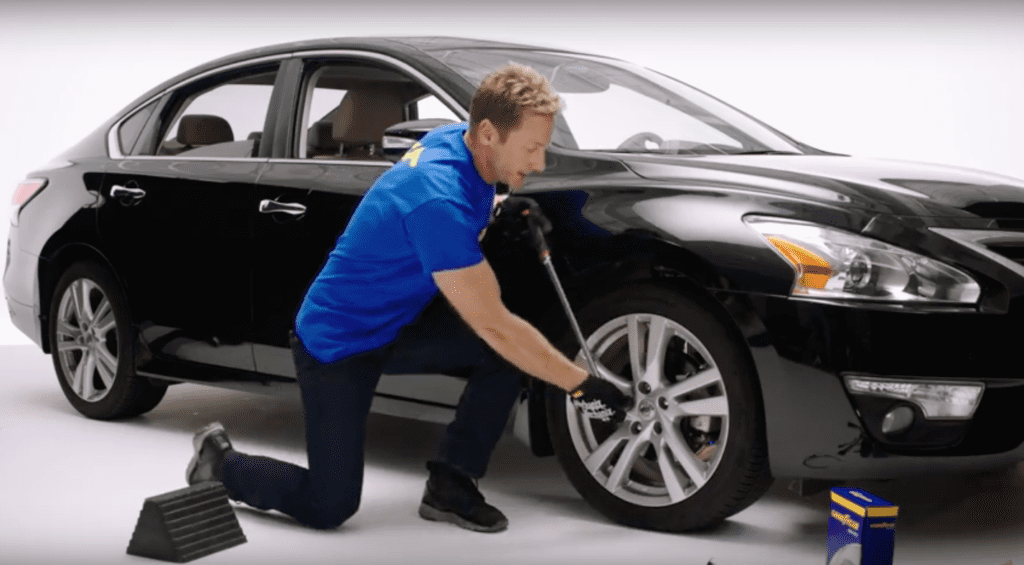
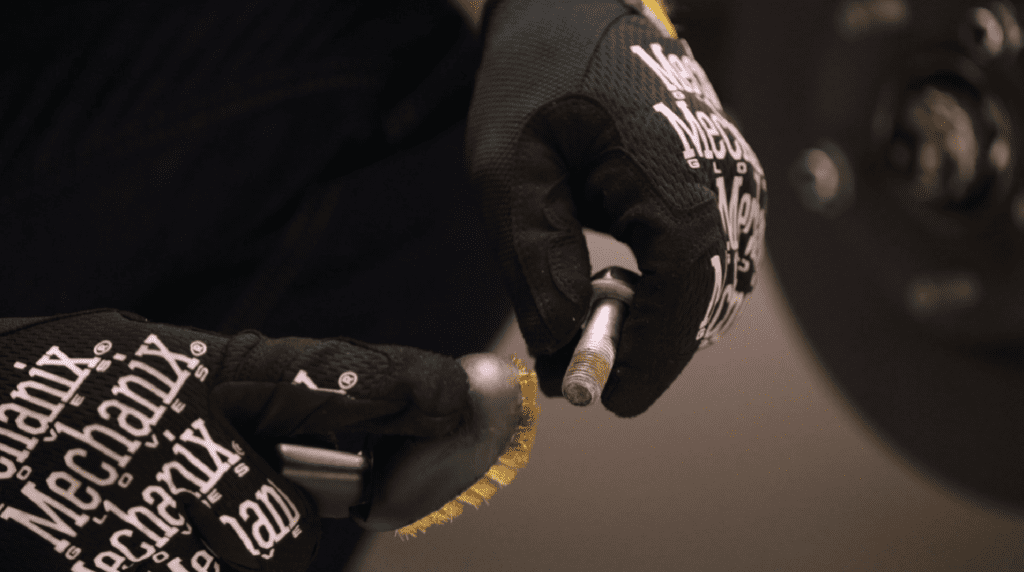
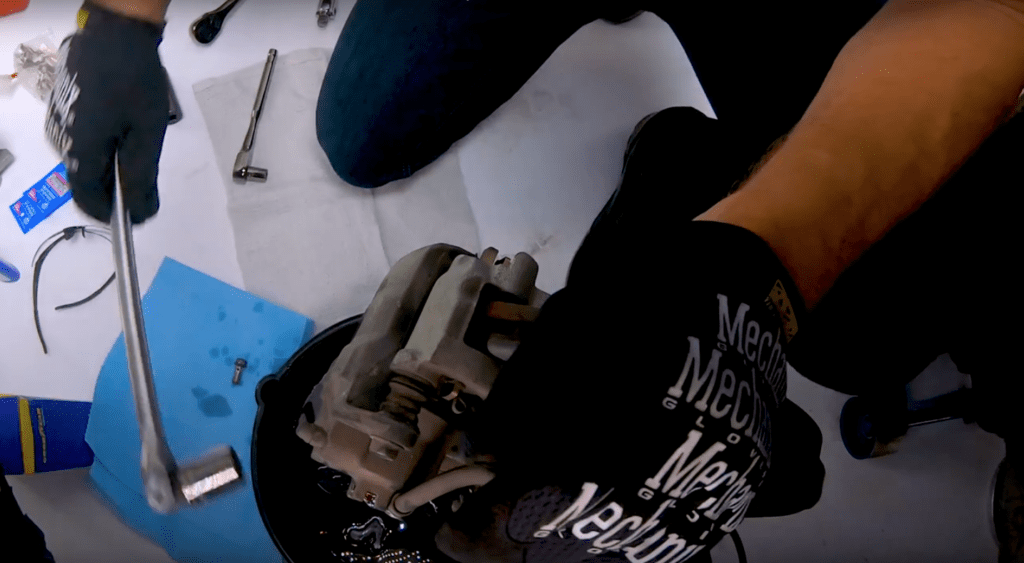
Give It A Lift
The jack and jack stand will be one of your more expensive purchases, but they’re important. You do not want to try doing a brake job with only the emergency scissor jack and tire tool that came with your vehicle. You may be able to purchase these in a bundle, but keep in mind that the smaller “trolley jack” in these sets may not be suitable for larger cars and pickup trucks. Although the lifting capacity may be enough – at least two-ton capacity is common even for a trolley jack – the lifting height may not be enough, and the small saddle (lifting point) may easily slip on certain lifting points.
So, if possible, spring for the bigger, heavier duty one. Inspect the integrity of your jack and jack stands before each use, and read the instructions that came with them so you understand their use. Additionally, after you remove the tire/wheel assembly, you can place it under the frame of the car or truck for an additional safety measure.
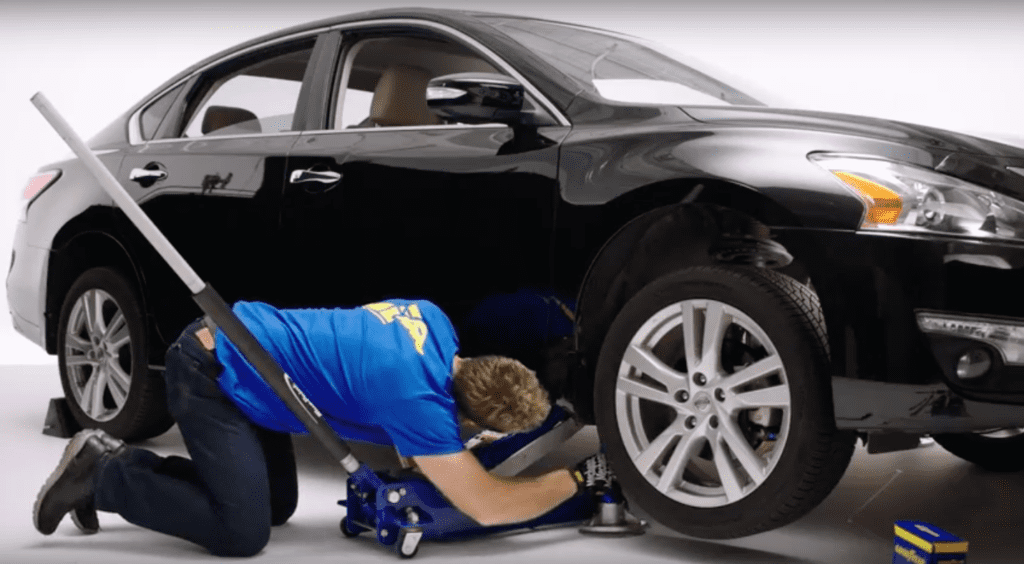
Safety Begins with the Proper Work Area
Work on your vehicle on a clear, level, solid surface, such as inside the garage or on a concrete driveway. A flat dirt pad may be convenient, and it may give the false impression that it will bear the vehicle’s weight. But keep in mind that the edge of the jack stand or the wheel of the floor jack may sink into the dirt with little warning, even collapsing and allowing the vehicle to fall on you. You’ll also want to have good lighting. You might want a handheld work light to illuminate the wheel cavity. By investing in the correct tools and equipment and using them carefully, you can help ensure the job is done correctly and safely for many years to come!
